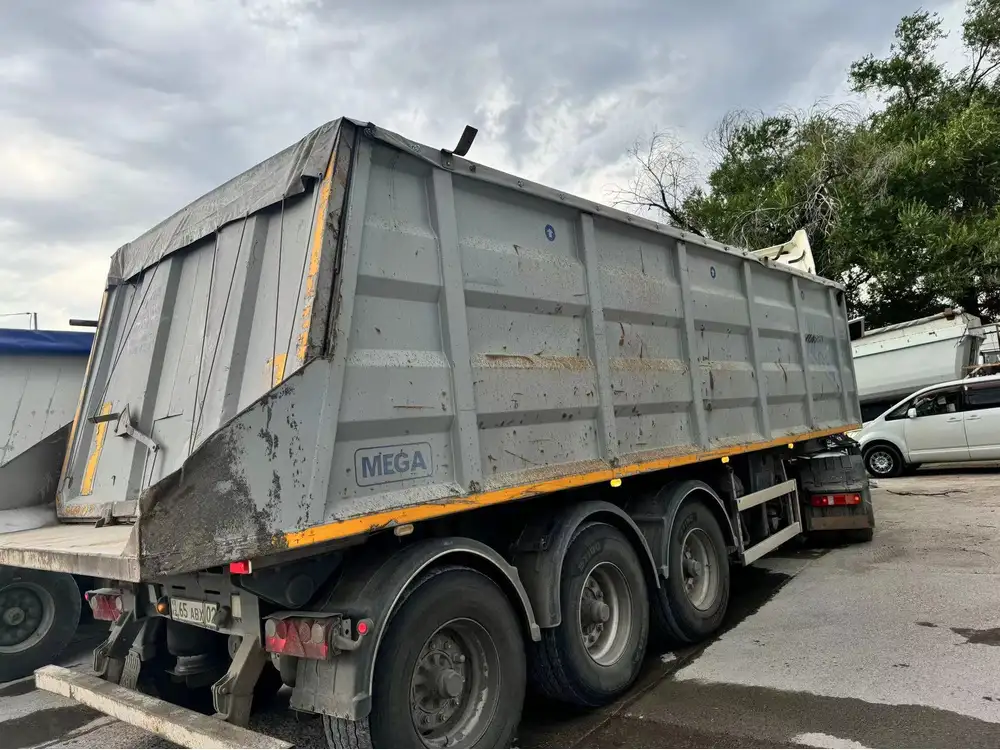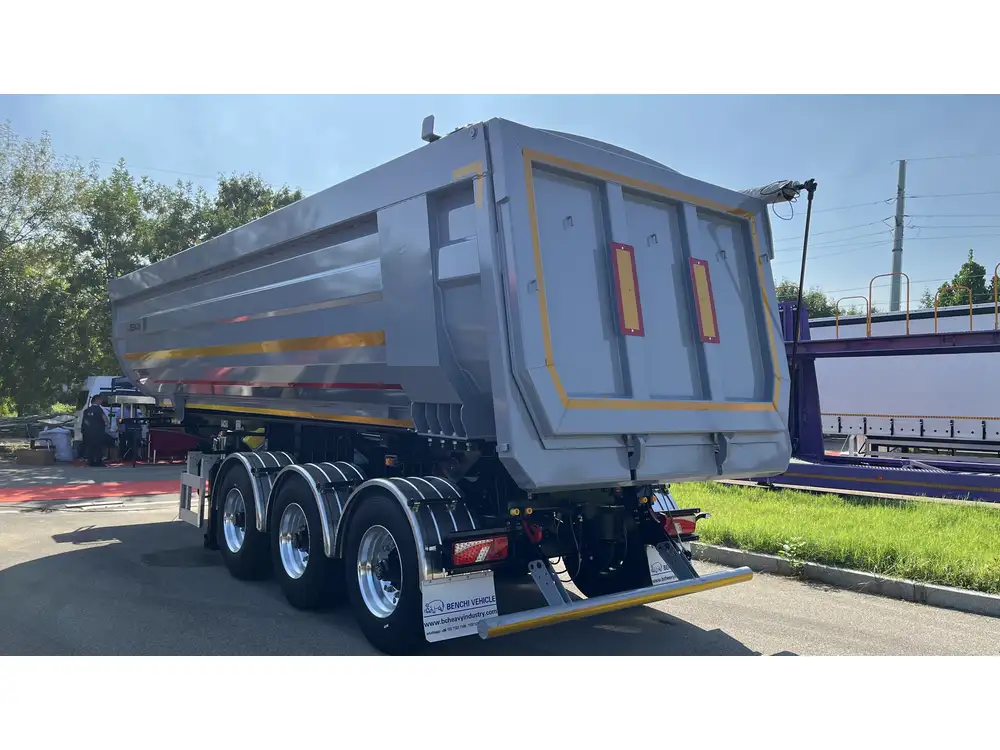When it comes to ensuring a safe and enjoyable experience in your R-Pod, proper sanitation of your water tank is vital. Not only does it protect your health from harmful bacteria and pathogens, but it also prolongs the lifespan of your water system. In this comprehensive guide, we will dive into the step-by-step process of sanitizing your trailer water tank effectively, utilizing best practices and trustworthy resources.
Importance of Sanitizing Your Trailer’s Water Tank
Before delving into the “how-to,” let’s take a moment to explore the reasons why sanitizing your water tank should be viewed as a non-negotiable aspect of trailer maintenance:
- Health Risks: Stagnant or poorly maintained water systems can harbor bacteria like E. coli, Legionella, and others, posing serious health risks.
- Quality of Water: Contaminated water can lead to unpleasant tastes and odors, impacting your overall camping experience.
- Equipment Protection: Regular sanitation helps prevent mineral buildup, ensuring your plumbing and other components function optimally.
Understanding these factors lays the groundwork for a systematic approach to sanitation, addressing not just immediate cleanliness but long-term health benefits as well.
Step-by-Step Process for Sanitizing Your R-Pod Water Tank

1. Gather Your Supplies
Before starting the sanitation process, ensure that you have all necessary supplies within arm’s reach. Here’s a checklist:
| Supplies | Purpose |
|---|---|
| Fresh Water | For rinsing and diluting the sanitizer |
| Unscented Household Bleach | Effective disinfectant for water |
| Measuring Cup | For accurate bleach measurement |
| Funnel | For easy pouring |
| Hose or Sponge | For cleaning the tank |
| Clean Cloth or Towels | For final drying |
2. Empty the Water Tank
To begin the sanitation process, it’s crucial to start with an empty water tank. Follow these steps:
- Turn Off All Connections: Ensure all taps and connections are closed.
- Drain the Tank: Locate the drain valve, generally at the bottom of the tank, and open it. Allow all water to escape completely.
- Flush the System: After draining, flush the system by running fresh water through the taps until you can see no more remaining water.
3. Prepare the Sanitizing Solution
Now that the water tank is empty, it’s time to prepare a powerful yet safe sanitizing solution. Proper measurement is key to effectiveness and safety.
- Water Capacity Check: Verify the total capacity of your water tank. For example, if your tank holds 30 gallons, that will guide your calculations for the bleach solution.
- Calculate Bleach Amount: The recommended bleach concentration for water sanitation is 1/4 cup of unscented bleach per 15 gallons of water. Here’s a quick reference table:
| Tank Capacity (Gallons) | Bleach Required (Cup) |
|---|---|
| 10 | 1/6 |
| 15 | 1/4 |
| 20 | 1/2 |
| 30 | 3/4 |
| 40 | 1 |
- Mix the Solution: Measure the appropriate amount of unscented bleach into a measuring cup and slowly pour it into a clean bucket containing approximately 1-2 gallons of fresh water. Stir thoroughly to create a homogenous mixture.

4. Add the Sanitizing Solution to the Tank
Using a funnel, carefully pour the bleach solution into the empty water tank. Following this, fill the tank with fresh water, allowing the solution to circulate and mix evenly. Fill the tank nearly to its full capacity.
5. Distribute the Sanitizing Solution
To ensure a thorough sanitation, follow these steps:
- Turn On the Water Pump: Activate the pump to begin circulating the sanitizing solution throughout the system.
- Open All Faucets: Open each faucet one at a time, and let the water run until you detect the smell of bleach. This typically takes a few seconds. Close the faucet and move to the next one until all faucets and water outlets have been treated.
- Recirculate: Let the bleach solution sit in the system for a minimum of 12 hours to allow it to do its job effectively.
6. Flush the System
After the waiting period:
- Flush the Tank: Drain the tank completely, ensuring all bleach solution is expelled.
- Rinse: Refill the tank with fresh water and activate the pump again to circulate the clean water through the entire system. Open all faucets once more and let them run until the chlorine smell dissipates.
- Repeat if Necessary: If there’s still a faint odor of bleach after the first flush, repeat the rinsing until your water runs clear and odorless.

7. Final Cleanup
After flushing and rinsing, it’s time to finish up:
- Inspect Connections: Check all hose connections and seals for leaks.
- Dry the System: Use clean cloths or towels to dry any exposed plumbing to prevent buildup.
- Close and Store: Once everything is dry and secure, close the water tanks and secure all hoses.
Tips for Ongoing Maintenance
Keeping your trailer’s water system bacteria-free doesn’t end with just one sanitation session. Here are some proactive measures:
- Regular Sanitation: Aim to sanitize your water tank at least twice a year, especially before long trips.
- Use Quality Water: Always fill your tank with clean, potable water from a reliable source.
- Inspect Regularly: Routinely check for leaks, cracks, or blockages within the plumbing system.
- Install Water Filters: Consider adding a water filter system to further purify water entering your tank.
Troubleshooting Common Water Quality Issues
One should be vigilant about monitoring water quality indicators. Here’s a quick guide to help identify and fix common issues:
| Issue | Possible Cause | Solution |
|---|---|---|
| Unpleasant Odor | Bacterial Growth or Stagnant Water | Sanitize the tank immediately. Rinse well. |
| Cloudy Water | Sediment Buildup | Inspect for tank leaks and flush thoroughly. |
| Discoloration | Rust or Corrosion | Check for rust in pipes; replace if necessary. |
| Unusual Taste | Contaminated Source | Always use potable water; sanitize the tank. |

Conclusion
Successfully sanitizing your trailer water tank is a crucial facet of maintaining the health and safety of your camping experience. By following this detailed guide, you can rest easy knowing that you are equipped with the knowledge to handle your water system effectively, enhancing both your enjoyment and longevity of your R-Pod. Regular sanitation, diligent monitoring, and mindful practices will contribute significantly to your adventures on the road. Happy camping!



